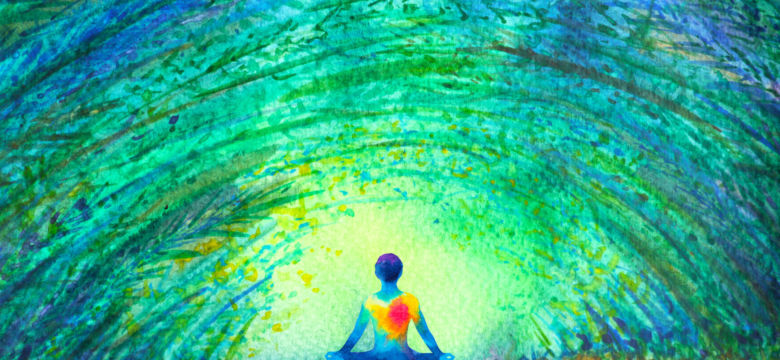
What Is Color Therapy?
You may have heard of color therapy before, but we’re not talking about adult coloring books (although it’s fun and relaxing). We’re talking about chromotherapy, as in the alternative therapy that can help to correct and heal physiological and psychological imbalances.
With a proven relationship between melatonin levels, light, and color, it’s not exactly mystical pseudoscience. In fact, color therapy can be beneficial for Seasonal Affective Disorder and the therapeutic treatment of many conditions.
From the homes we live inside to the foods we eat, colors affect your mood, brain, and overall outlook each and every day. But how exactly do colors influence us?
Get to Know the Therapeutic Colors
Sunlight is merely a prism of seven colors—the perfect balance—that naturally provides proper melatonin levels. But sometimes we don’t get these sunlight color nutrients.
In Indian philosophy, the chakras are even represented by colors, each with their own type of energy.
Here are the seven most potent colors and their chakra relationships:
- Green | Heart Chakra — Associated with the heart, therefore the lungs and immune system. Green is also associated with energy levels, nervous system, mental clarity, and focus.
- Yellow | Solar Plexus Chakra — The solar plexus chakra is located between the navel and sternum, and is associated with the pancreas, liver, digestive system, and gallbladder. Yellow represents and triggers positive emotions and overall well-being.
- Orange | Sacral Chakra — Represented by orange, this mind-body chakra is associated with reproduction, our kidneys and adrenal glands. It also identifies with pleasure.
- Red | Root Chakra — This chakra is located at the base of our spine. Represented by the color red, it grounds us and connects us with the Earth.
- Blue | Throat Chakra — The throat chakra is associated with our metabolism and thyroid. Blue colors bring peace and calm to our mind and body, even slowing metabolism.
- Indigo | Brow Chakra — This dark midnight blue is associated with our brow and also referred to as the Third Eye Chakra. Associated with the pituitary gland and pineal gland, this color can influence our sleep cycles, bring clarity and self-esteem, and evoke our wisdom and intuition. In essence, indigo opens up our consciousness.
- Violet | Crown Chakra — Like its close cousin, indigo, violet is also associated with the pineal gland, as well as our spirituality, enlightenment, and creativity.
How to Receive Color Therapy
Available are many ways to receive color therapy. In general, color therapy can be provided by colored light frequencies, processed into our bodies by color vibrations through either the eyes or even color therapy equipment.
- Look at a specific color — The easiest way to absorb color vibrations is to simply keep your eyes on it. Just be careful with the colors you choose. For instance, red can cause excitement. And blue is not recommended for those with depression. Green is a safe, all-around bet for first-timers.
- Light projectors — With a projection of colored 500-watt bulb or light covered with a tinted film, you can also absorb color vibrations through the skin. These can be purchased and used in your own home.
- Colorpuncture — For more precise color therapy, there is color light acupuncture that uses acute pinpoint colors to target specific areas to promote direct healing.
Resources:
https://www.ncbi.nlm.nih.gov/pmc/articles/PMC1297510/


